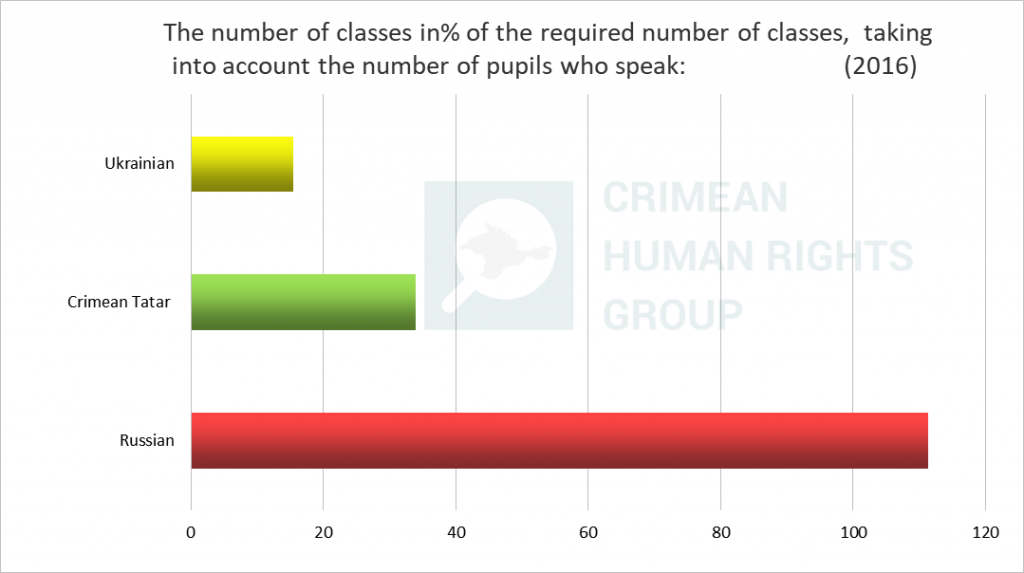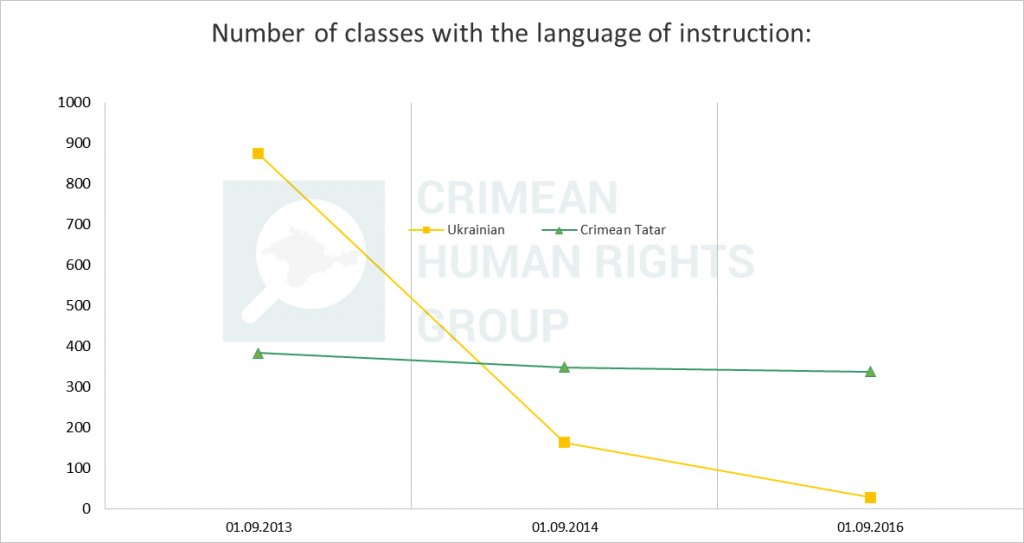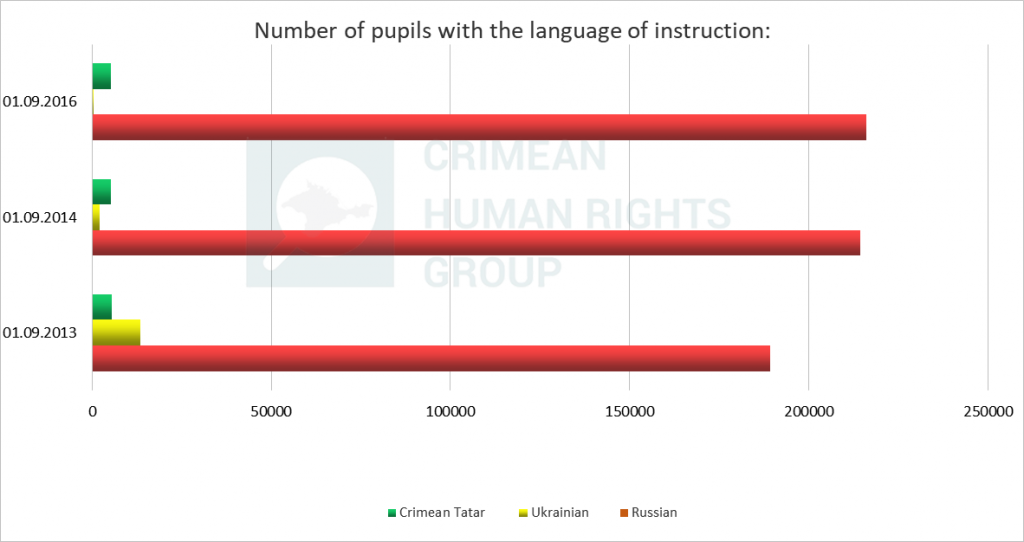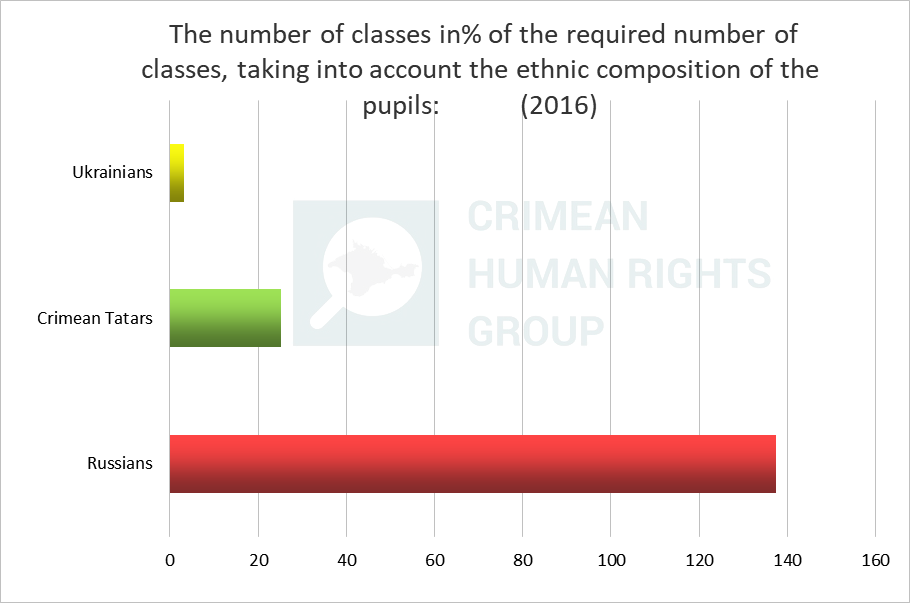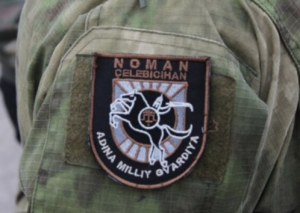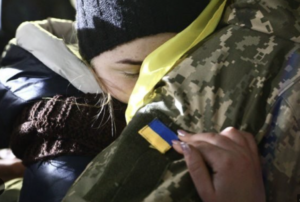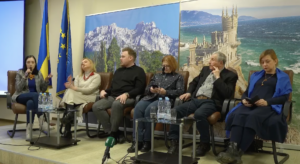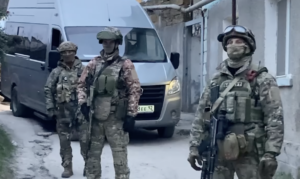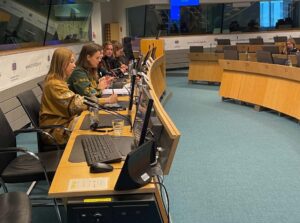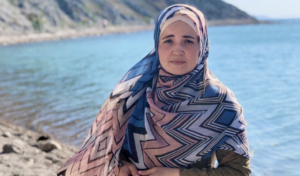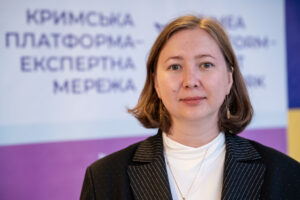Fundamental human rights documents prohibit discrimination, i.e., unjustified restriction or violation of human rights due to sex, race, colour, language, religion, political or other opinion, national or social origin, association with a national minority, property, birth or other status. These commitments are to be undertaken by all countries that signed and ratified the relevant international documents on human rights. Though the Russian Federation controls unlawfully the territory of Crimea after its occupation, it is not relieved from the responsibility to observe the human rights on the peninsula. However, the political actions of the Russian authorities in Crimea have caused discrimination almost in all spheres of Crimeans’ life.
The International Convention on the Elimination of All Forms of Racial Discrimination commits Russia to secure the right of Crimean residents to education and professional training without any discrimination. But the residents of Crimea have faced a discrimination on the ethnic origin and language in the education sphere. Specifically jeopardized is a situation with the access to the Ukrainian medium education.
Findings of monitoring on the Ukrainian medium education in Crimea performed by the Crimean Human Rights Group are presented below.
According to the information of ‘Ministry of Education’ of Crimea, the number of pupils with Ukrainian teaching medium has reduced 36 times since 2013. So if in 2013 13,589 were educated in Ukrainian teaching medium in the Autonomous Republic of Crimea, in 2016 the number of such pupils reduced up to 371. Correspondingly, the number of classes with Ukrainian as instruction language reduced 31 times within 2 years.
The Crimean Human Rights Group (CHRG) compared the data received from the Ministry of Education of Ukraine and the ‘Ministry of Education’ of Crimea by such criteria as languages of instruction in Crimea; the total number of pupils on the peninsula who learnt the native language, the ethnic and age composition of the Crimean residents (in order to estimate approximately the number of pupils, Ukrainian or Crimean Tatar speakers). These data cover years 2013 – 2016.
As the Ministry of Education of Ukraine has informed the CHRG, at the moment of occupation 208,536 pupils were educated in Crimea, including 189,132, or 90.7% in the Russian teaching medium, 13,589 or 6.5 % in Ukrainian one, and 5,551 or 2.7% in Crimean Tatar one. In 2013 7 Crimean schools offered a complete schooling course in Ukrainian, 15 schools did it in Crimean Tatar, in addition, there were several schools with two languages of instruction. The number of classes in Crimea, as to the language of instruction, was divided as follows: 875 Ukrainian classes, 384 Crimean Tatar classes, and 8,965 Russian classes. Of all the pupils in Crimea the Russian language as academic subject was learned by 206,866 children or 99.2 %, the Crimean Tatar language – by 18,020 or 8.6 %. Therefore, before the occupation, though Russian was not a state language of Ukraine, 90.7% of Crimean pupils were instructed in Russian, and 99.2% learnt it as academic subject. Should not this be a convincing argument that the Russian speaking population in Crimea faced no problems with speaking the native language? In light of this the attempt of Russia ‘to defend the Russian speaking’ Crimeans against ‘Ukrainization’ seems to be nothing more than a myth created by the Russian authorities to justify the unlawful actions on the peninsula?
In November 2014 upon the information request placed by the Crimean Human Rights Field Mission (this initiative had to stop its activities in August 2015) the ‘Ministry of Education’ of Crimea gave an answer on languages of instruction in Crimea for the academic year 2014/2015 that demonstrated explicitly a sharp worsening of the situation with Ukrainian medium teaching in the peninsula schools. Just one school with the complete Ukrainian medium teaching, out of 532 comprehensive secondary educational establishments of Crimea, went on working. The total number of Ukrainian medium classes reduced to 163, with only 2,154 pupils enlisted. The situation with the Crimean Tatar medium teaching changed, too, though not so dramatically: officially the number of schools remained the same, but the number of classes where 5,146 children were taught, reduced to 348.
In October 2016 the Crimean Human Rights Group received a copy of the information provided by the Ministry of Education’ of Crimea on the same inquiry. The review of the document demonstrated the Ukrainian language situation worsening in the academic year 2016/2017 up to the critical level. According to the letter signed by Ms N.Goncharova, ‘Minister of Education’ of Crimea, there left only 28 classes in Crimea in 2016 where only 371 children out of 188,517 of Crimean pupils (w/o Sevastopol) were instructed in Ukrainian. This makes 0.2% of the total number of pupils in Crimea in 2016.
Even the Ministry of Statistics of RF stated that in 2014 Ukrainians composed 15.08% of the Crimean population, i.e. 344,515 persons, being the second ethnic group after the Russians as to the number (65.31% or 1,492,078). The Crimean Tatars have become third Crimean ethnic group in terms of number (10.17% or 232,340). As stated by the census made by Russia, 18, 706 children of school age in Crimea identify themselves as Ukrainians, and 29,140 as Crimean Tatars. So just based on the number of Crimeans who call Ukrainian their mother tongue related to the total number of Ukrainians in Crimea – 21% the number of school age children (7 to 17 years old) considering Ukrainian the native language was 3,950 in 2016. Since the percentage of the Crimean Tatars calling Crimean Tatar their native language is higher – 74%, the number of children speaking Crimean Tatar, correspondingly, is assumed to be 21,604 (or 74% of 29,140).
It should be taken into account that the census in Crimea in September of 2014 was held under the occupation. The local and Russian mass media applied actively a hate speech in relation to Ukraine, Ukrainians, and the Ukrainian culture. Some mass media demonstrated a hard hate speech calling to violence and discrimination. For instance, Sevastopol News Portal FORPOST published information titled ‘Fallen Heroes of Novorossia: Heroic Deed of Krasnodon Cossack Aleksandr Skriabin in Battle at Izvarino’. The author of this information not only used aggressively negative wording (‘ukry’, ‘bandery’) as labels for Ukrainians that provoked creating a negative image of the entire people, but also praised openly a wish of ‘Cossack Aleksandr Skriabin’ to kill Ukrainians. Many mass media used also such attributes as ‘fascist’, ‘nazi’, ‘junta’ to identify Ukrainians. For example, the author of article ‘Bloody Pearl at Sea’ published by the KRYMINFORM Information Agency called Ukrainians and the Ukrainian authorities ‘fascist beasts’. The CHRG monitors systematically the hate speech facts in Crimea and the findings (to be published soon) clearly demonstrate that it is Ukrainians who become object of hard and middle hate speech in most cases.
Such hate speech level, together with other facts of discriminating Ukrainians in Crimea, forces many Ukrainians to avoid acknowledging explicitly their ethnic origin that may subject them to persecutions by authorities or make victims of hatred inspired crimes. Thus, data on the Ukrainians in Crimea received within the census organized by Russia in 2014, do not comply with the reality, with the number of Ukrainians on the peninsula being underestimated.
Anyway, even the understated census data do not disprove the statement that one school or 28 classes for the entire Crimea is disastrously unsufficient to satisfy a need of almost 4 thousand children, who are Ukrainian speakers, to be instructed in the native language.
A simple assessment helps establish to what extent the Crimean children are provided with classes of native language medium teaching. Let’s divide the number of classes with a specific language medium by the number of children aged 7 to 17 who consider a specific language their mother tongue, and multiply the received result by average number of pupils per class in Crimea. Value of more than 100% would demonstrate that the number of classes is over the need, value of less than 100% – the number classes with this or that language medium is below the need. As a result, for the Russian language this value was 111.3%, for Crimean Tatar – 33.9%, and for Ukrainian – 15.5%. These outcomes show that only one third of children speaking Crimean Tatar and less than one sixth of Ukrainian speaking children are provided with possibility of the native language medium teaching. If the calculations are based on the ethnic origin of children, correlation of available native language medium classes and the required number becomes a speaking proof of inequality developed in Crimea: 3.2% for Ukrainians, 25.2% for Crimean Tatars and 137.4% for Russians.
In addition, as stated by parents and teachers, when choosing a language of instruction, the parents are subject to moral or administrative pressure by the school management or employers, they are demanded not to indicate Ukrainian as language of instruction. It is not less important that when Ukrainians are labelled once and again as ‘enemies’ the Crimeans are scared of stating clearly their Ukrainian identity in choosing the language of instruction.
So due to the actions of Russia in Crimea discrimination of Ukrainians and Crimean Tatars in the sphere of education and language is seen to have become an everyday life’s fact though targeted policy of destroying fundamentals of Ukrainian identity and Ukrainian culture on the peninsula is not less dangerous in terms of observance of democratic principles and human rights.
The situation developed proves gross violations of international right standards that commit the state to exclude any discrimination including on ethnic origin or language, or eliminate it in any form, by Russia.
Pursuant to the International Convention on the Elimination of All Forms of Racial Discrimination, Russia as state controlling Crimea de facto shall not take any actions or acts related to the racial discrimination in relation to Ukrainians and all bodies and institutions of the de facto authorities shall act in line with this commitment.
Information collected by the Crimean Human Rights Group on discriminating Ukrainians in access to the Ukrainian language medium teaching were submitted to the UN International Court as part of evidence base on the case ‘Ukraine Against Russia’ on violating the International Convention on the Elimination of All Forms of Racial Discrimination by Russia in Crimea. On April 19th the UN International Court published the Order and preliminary provisional measures including a unanimous decision of judges to commit the Russian Federation to ensure access to Ukrainian medium education in Crimea.
Number of Ukrainian Classes in Crimea Reduced 31 Times for Two Years – Infographics
Russia is responsible for discrimination of Ukrainians and Crimean Tatars in Crimea as to access to the native language medium education
This is demonstrated by findings of the Crimean Human Rights Group (CHRG) monitoring on the access of the native language medium education in Crimea. These data were submitted to the UN International Court as part of evidence base on the case ‘Ukraine Against Russia’ on violating the International Convention on the Elimination of All Forms of Racial Discrimination by Russia in Crimea.
Since 2013 the number of pupils in Crimea instructed in Ukrainian has reduced 36 times (!!!). If in 2013 13,589 were taught in Ukrainian in the Autonomous Republic of Crimea, in 2016 the number of such pupils reduced to 371. Correspondingly, the number of classes with Ukrainian language medium reduced 31 times for two years.
The CHRG experts proved that prior to the RF occupation of Crimea the Russian speaking population of Crimea did not experience any problems with using the native language. This is verified by 90.7% of pupils instructed in Russia at the moment of Crimea occupation. Thus the attempt of Russia ‘to defend the Russian speaking’ Crimeans against ‘Ukrainization’ is just a myth created by the Russian authorities to justify the unlawful actions on the peninsula.
According to the CHRG information, Russia is implementing a targeted policy of destroying fundamentals of Ukrainian identity and Ukrainian culture in Crimea. When choosing a language of instruction, the parents are subject to moral or administrative pressure by the school management, they are demanded not to indicate Ukrainian as language of instruction. It is not less important that when Ukrainians are labelled once and again as ‘enemies’ the Crimeans are scared of stating clearly their Ukrainian identity in choosing the language of instruction.
Pursuant to the International Convention on the Elimination of All Forms of Racial Discrimination, Russia as state controlling Crimea de facto shall not take any actions or acts related to the racial discrimination in relation to Ukrainians and all bodies and institutions of the de facto authorities shall act in line with this commitment.
The information collected by the Crimean Human Rights Group on discriminating Ukrainians in access to the Ukrainian language medium teaching were submitted to the UN International Court as part of evidence base on the case ‘Ukraine Against Russia’ on violating the International Convention on the Elimination of All Forms of Racial Discrimination by Russia in Crimea. On April 19th the UN International Court published the Order and preliminary provisional measures including a unanimous decision of judges to commit the Russian Federation to ensure access to Ukrainian medium education in Crimea.
A more detailed information is presented in the findings of native language medium education access situation monitoring in Crimea.
Situation with access to the education in the native language in Crimea in PDF

